A true symbol appears only when there is a need to express what thought cannot think or what is only divined or felt
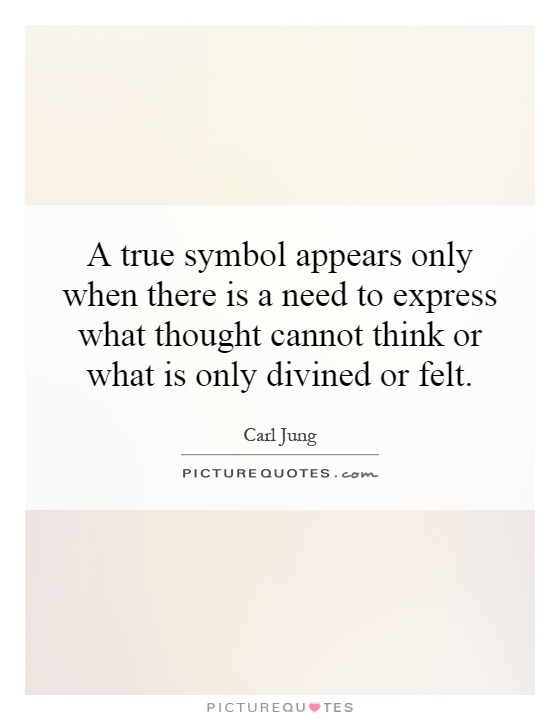
A true symbol appears only when there is a need to express what thought cannot think or what is only divined or felt
Carl Jung, a Swiss psychiatrist and psychoanalyst, is known for his work on the collective unconscious and archetypes. He believed that symbols play a crucial role in the human psyche, serving as a bridge between the conscious and unconscious mind. According to Jung, symbols are not just arbitrary representations, but rather manifestations of deeper, universal truths that cannot be fully articulated by language alone.In Jungian psychology, symbols are seen as expressions of the collective unconscious, a reservoir of shared experiences and inherited memories that shape our thoughts, feelings, and behaviors. These symbols emerge in dreams, myths, and cultural artifacts, reflecting the underlying patterns and themes that are common to all human beings. Jung believed that symbols have a transformative power, helping individuals to access hidden aspects of themselves and navigate the complexities of their inner world.
For Jung, a true symbol appears when there is a need to express what thought cannot think or what is only divined or felt. In other words, symbols arise in moments of psychological or spiritual crisis, when the rational mind is unable to grasp the full depth of a situation. These symbols serve as a bridge between the conscious and unconscious realms, offering insights and guidance that go beyond logical reasoning.
One of Jung's most famous concepts is that of the archetype, a universal symbol or pattern that is present in the collective unconscious. Archetypes, such as the hero, the mother, or the shadow, represent fundamental aspects of the human experience and can be found in myths, fairy tales, and religious traditions around the world. Jung believed that by recognizing and engaging with these archetypal symbols, individuals can gain a deeper understanding of themselves and their place in the world.
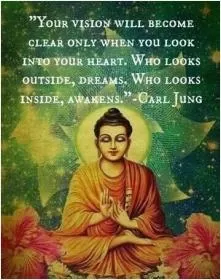
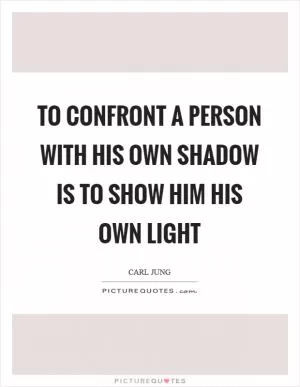
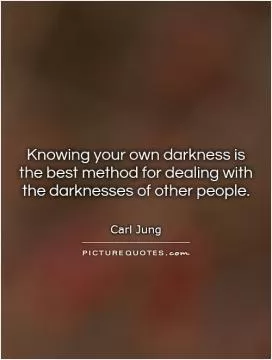
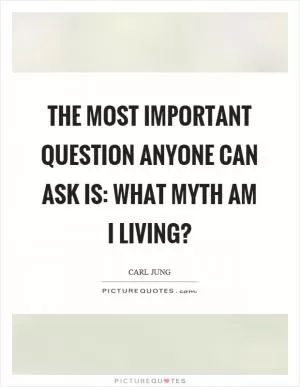

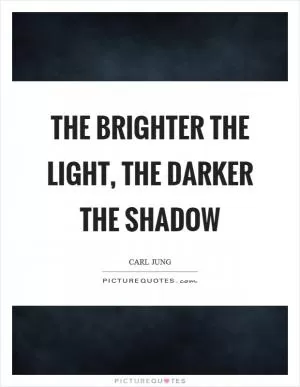
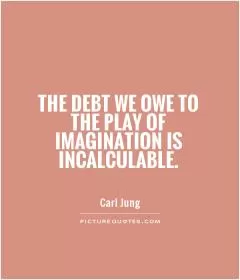

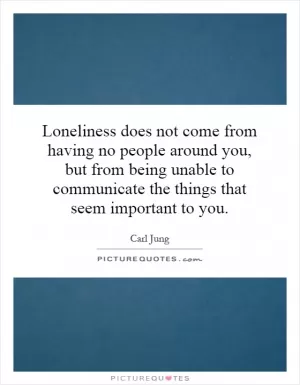
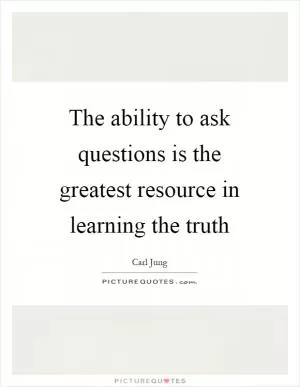

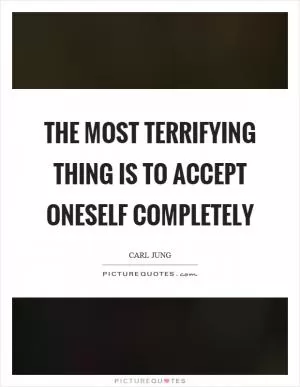
 Friendship Quotes
Friendship Quotes Love Quotes
Love Quotes Life Quotes
Life Quotes Funny Quotes
Funny Quotes Motivational Quotes
Motivational Quotes Inspirational Quotes
Inspirational Quotes